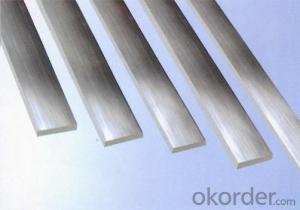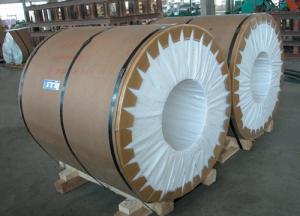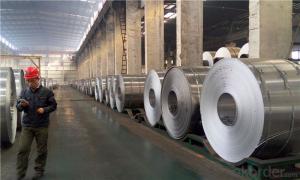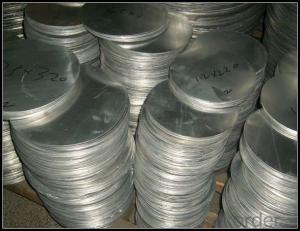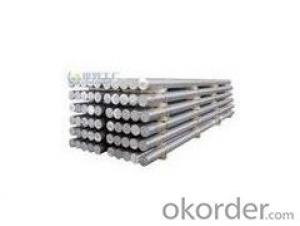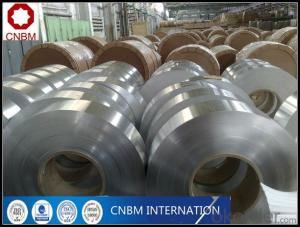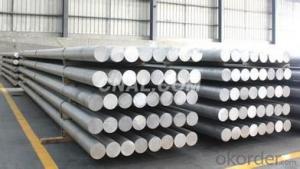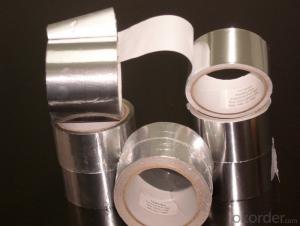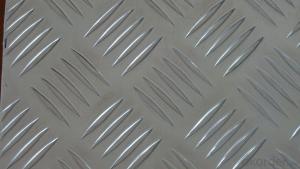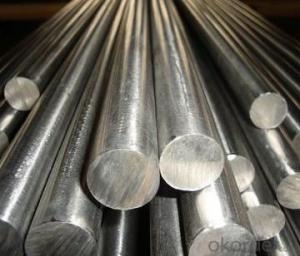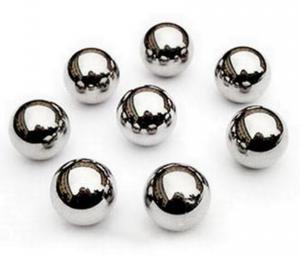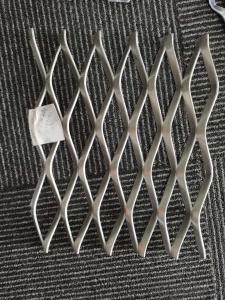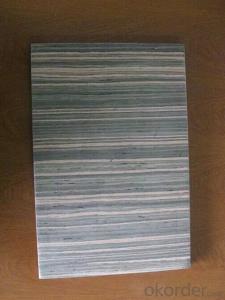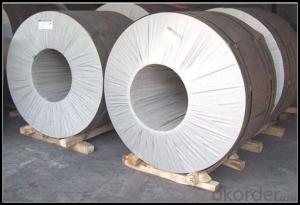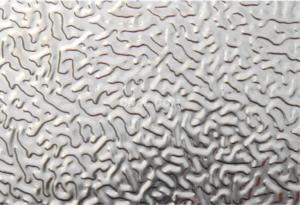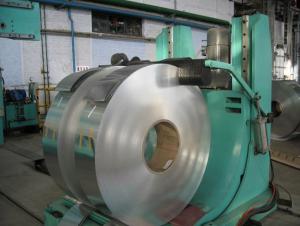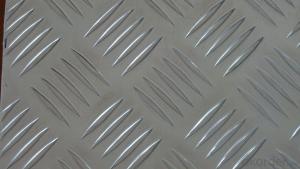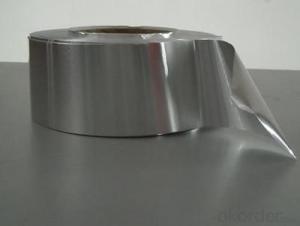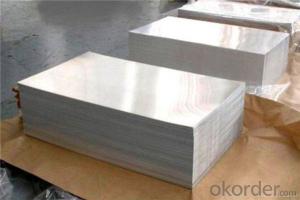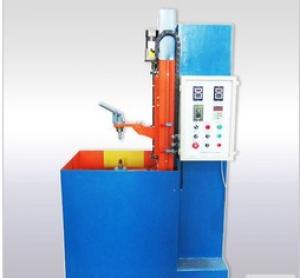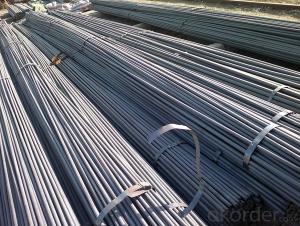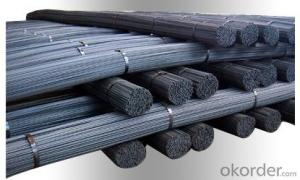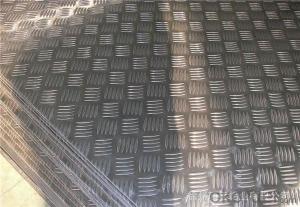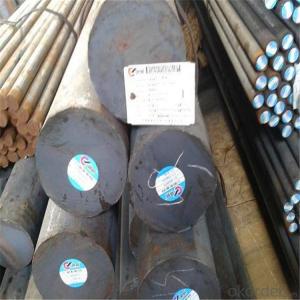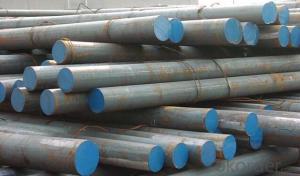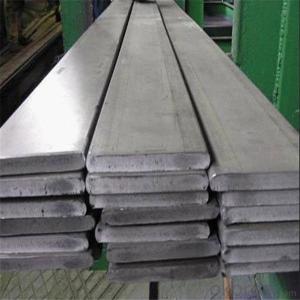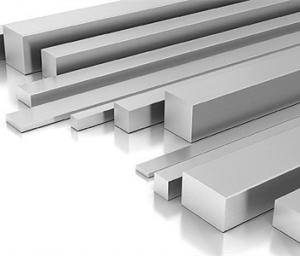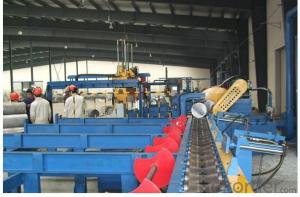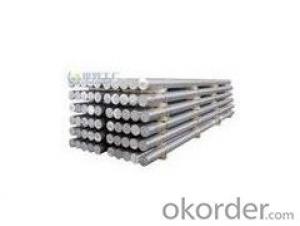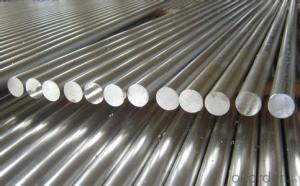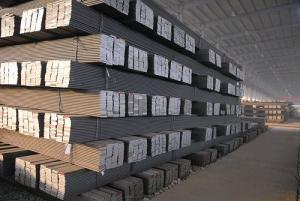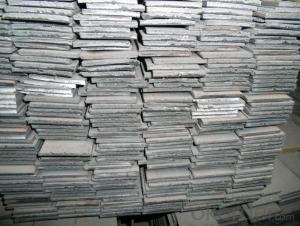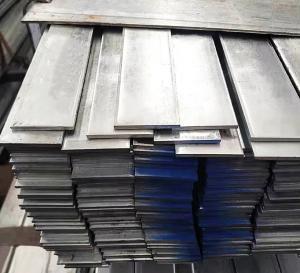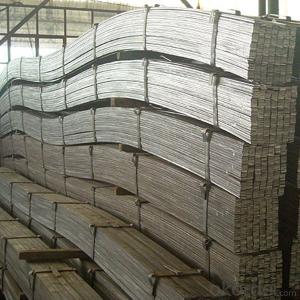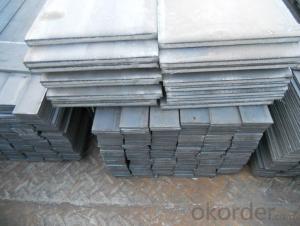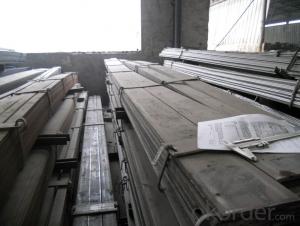3 Inch Aluminum Bar Stock
3 Inch Aluminum Bar Stock Related Searches
3 Aluminum Bar Stock 3 4 Aluminum Bar Stock 3/8 Aluminum Bar Stock 3 4 X 3 8 Aluminum Bar Stock 3/4 X 3/8 Aluminum Bar Stock 1 Inch Aluminum Bar Stock 2 Inch Aluminum Bar Stock 1 2 X 3 4 Aluminum Bar Stock 3/4 Aluminum Bar Stock 3 8 Aluminum Bar Stock 3 Inch Aluminum Round Stock 1 4 Inch Aluminum Bar Stock Aluminum Triangle Bar Stock Stock Aluminum Bar 3 Aluminum Angle Stock Aluminum Stock Bar 1 X 2 Aluminum Bar Stock 1 2 Aluminum Bar Stock 2 Aluminum Bar Stock 1/2 X 3/4 Aluminum Bar Stock Cutting Aluminum Bar Stock 1 2 X 1 2 Aluminum Bar Stock 1 4 Aluminum Bar Stock 1 Aluminum Bar Stock 3003 Aluminum Bar Stock Anodized Aluminum Bar Stock 1 4 X 1 4 Aluminum Bar Stock 1 8 X 1 4 Aluminum Bar Stock Aluminum T Bar Stock Aluminum Bar Stock For Sale3 Inch Aluminum Bar Stock Supplier & Manufacturer from China
3 Inch Aluminum Bar Stock is a versatile and widely used metal product, known for its lightweight, high strength, and excellent corrosion resistance. This product is available in various grades and alloys, making it suitable for a broad range of applications. The 3 Inch Aluminum Bar Stock is often utilized in industries such as aerospace, automotive, construction, and manufacturing, where high-performance materials are required.The 3 Inch Aluminum Bar Stock is particularly favored for its adaptability in different usage scenarios, such as structural components, machinery parts, and decorative elements. Its non-magnetic properties and ability to withstand extreme temperatures without losing strength make it an ideal choice for numerous applications. Whether it's for industrial machinery, transportation vehicles, or architectural projects, the 3 Inch Aluminum Bar Stock offers a reliable and durable solution.
Okorder.com stands as a prominent wholesale supplier of 3 Inch Aluminum Bar Stock, boasting a substantial inventory that caters to the diverse needs of customers worldwide. With a commitment to quality and customer satisfaction, Okorder.com ensures that the 3 Inch Aluminum Bar Stock they provide meets the highest industry standards. Their extensive stock allows for quick turnaround times and efficient delivery, making them a trusted source for businesses in search of reliable aluminum bar stock.
Hot Products

